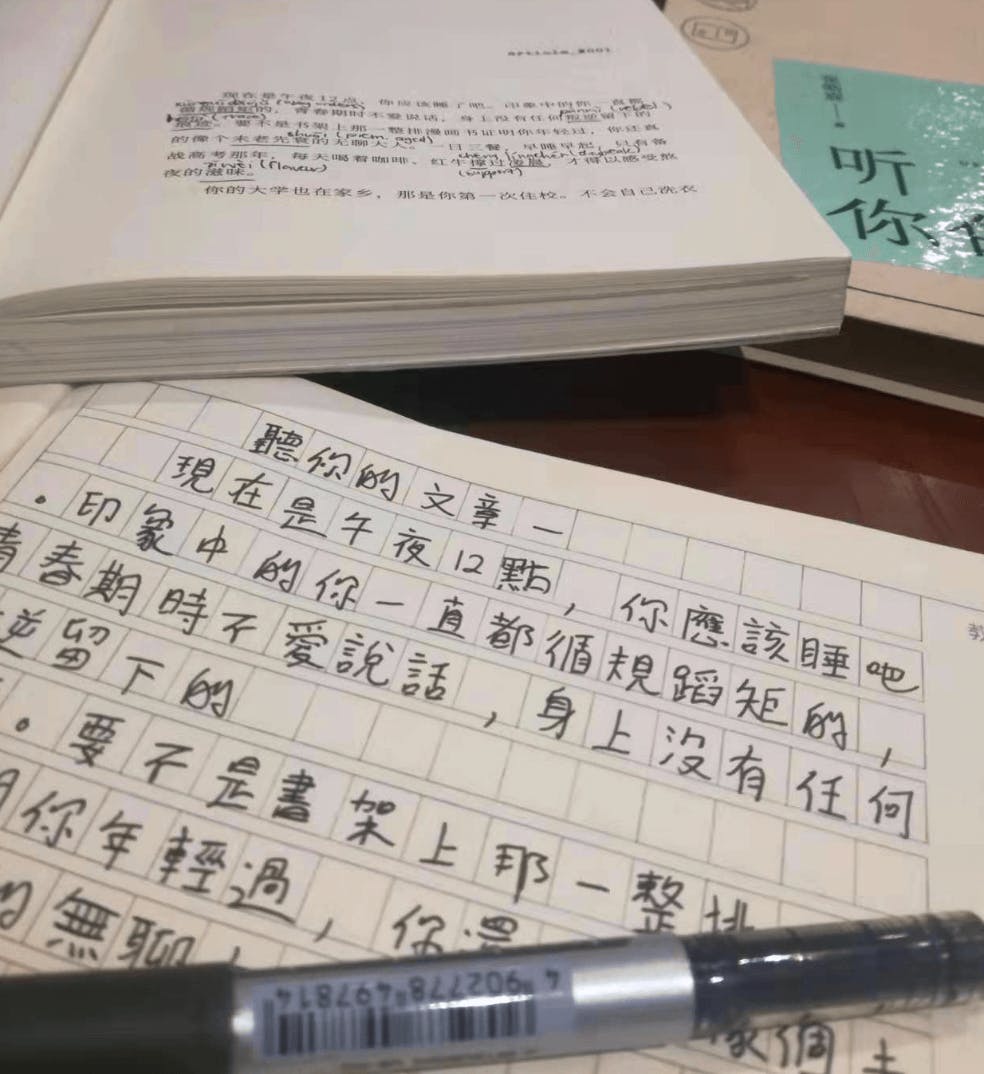Where is the best place to attend university, in China or a Latin American country? Central and South America are home to some exciting universities with affordable tuition and vibrant culture. China has some of the world’s best schools with unique travel and learning opportunities. While you’re planning a destination to study abroad, learn about the key differences between Latin American and Chinese universities!
Language Requirements
When applying to universities across Central and South America, applicants will most likely need to prove their language proficiency in either Spanish or Portuguese as well as take an entrance exam.
By contrast, you do not need to know Chinese before enrolling in a Chinese university. You can start school without knowing a single word of Mandarin! China offers hundreds of English-language programs that are taught entirely in English so you do not need to prove your Chinese fluency before applying.
Additionally, Chinese universities generally do not require entrance exams from foreign applicants. However, a very small number of top universities do offer their own exams, and you may be required to take the TOEFL, IELTS, or IET to prove your English proficiency. You can learn more about testing requirements here.

Price
Chinese universities are considered some of the cheapest universities with the highest educational quality in the world. However, their prices can be a bit more expensive compared to universities in Central and South America.
This is because some LATAM universities offer subsidies for students attending college in their own country. Mexico’s public universities waive tuition fees for Mexican nationals, while foreigners may only pay as little as a few hundred dollars a year. Argentina offers tuition-free undergraduate programs to both nationals and foreigners. In general, Latin American public universities are either free or extremely affordable.

Though China does not offer free tuition for foreigners or Chinese nationals, there are still many affordable options and thousands of scholarships available. Here is information about Chinese scholarships, here are some of the cheapest universities overall, and here are some of the cheapest master’s degrees.
Career guidance
In Latin American universities, it is not too common for universities to have an effective Career Services department or prepare students for future jobs, internships, and mentorships. Volunteering, community service, or vocational programs are more common.
By contrast, one way Chinese universities seek to attract international students is by offering career, mentorship, and internship opportunities. Chinese universities will often provide services such as CV/resume editing, lectures with prominent business leaders and job-hunting experts, alumni panels to discuss post-graduate careers with previous students, and will even help connect you to internships.
LATAM students will find it is much more common for students to take advantage of internship opportunities on Chinese campuses.

Living on campus
In many South and Central American countries, universities do not provide student housing or dormitories. Students need to find and arrange their own housing in off-campus hostels. Many local students may opt to stay with their families during the full duration of their university studies. Dorm life is not a part of many Latin American universities.
LATAM international students in China will live in on-campus dormitories for one or more years, especially for undergraduate programs. Masters students may have more flexibility to live on or off campus.

In a dorm, you will most likely have one or two roommates from various countries around the world. You may have to share a bathroom, bedroom, and common space with them. Many dorms will have public areas such as a lounge for students to study or relax, as well as laundry services, but most will not have kitchens. Due to Chinese laws and regulations, students are not allowed to bring outside guests into their dorms overnight.
Living in a dorm has many benefits. You can easily make friends with your roommates and other students on your floor. Having your own place to live right away takes the stress off of finding housing and a long commute. Your university may also organize events for you within the dorm, such as holiday parties or Chinese cultural events. However, dorm living also comes with restrictions. Learning how to respect your roommates and integrate different living habits can be challenging. Dormitories may also enforce quiet hours so students can sleep.

Richer Campus Life
Because students are required to live on campus, this creates a rich and lively campus atmosphere! In addition to many student clubs for both international and Chinese students, you will find many other opportunities to explore cultural life and make connections. Visiting lecturers, symposiums, exhibitions, movie screenings, networking events, and field trips are common occurrences on Chinese campuses.
As an international student, you will be able to explore both the Chinese side of student life and also access unique opportunities for international students. You can take leadership in your schools’ international student organization, participate in field trips around your city or around China, help plan and celebrate international expos and holiday celebrations, and more!

Student Activism Culture
Throughout Latin America’s history in the twentieth century, the protest and activism of university students played important roles in shaping political and public life. The tradition of student activism continues today. Students from Mexico to Argentina have taken to the streets in recent years to demand better university education and services, political action, or greater rights and freedoms. Student strikes are a part of university life you may experience if you study at a LATAM university.

China also has a history of student activism. In the early 1900s, student-led protests and literature movements from Peking University spread news ideas and culture across China. Known as the May Fourth movement, this student-driven activism surge played a major role in the formation of modern China. Many new political and philosophical ideas were studied and spread during this time. However, today there is little activism culture on Chinese campuses. Mass action and organization of Chinese university students rarely occur and are discouraged. Students who want to see changes in their universities work through other methods instead, such as student organizations or student government.
Learn More
The Ultimate Guide to Studying in China
Find a Chinese University
Find Your Dream Program
Everything You Need To Know About Scholarships

- 5 Best Schools to Study Chinese in Shanghai in 2025 - July 21, 2024
- Chinese Universities with No Service Fees for 2025 - July 21, 2024
- 6 Chinese Universities Without Application Fee - July 20, 2024
